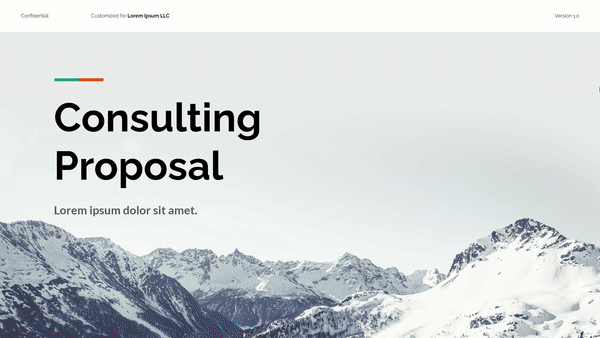Empowering your champions to sell internally
Because of their large number of stakeholders, Healthy.io rely on an internal champion to help them push the sale within the buyer’s organization.
She says, “We have our one champion who's championing the projects, and says ‘I'm gonna put it for board approval’.
For Fran, Storydoc presented an opportunity - “It's almost like giving our client their business case to present internally. And do that in a really easy, engaging way, with a minimum effort.”
As their first content initiative, Healthy wanted to help their clients up for renewal to pitch it internally.
“We started using Storydocs with our renewal contracts. It's people that know us and they came back and were like,
‘Wow, this is incredible. You've told us the story of what you've already delivered for us. So that makes it very easy for me to have a conversation about why we want to keep this project running.’”
“For someone who's just there to sign the signature, it's really great to see a nice summary of like ‘these are the outcomes that we've achieved. Therefore we wanna roll it on, and these are the costs.’”









